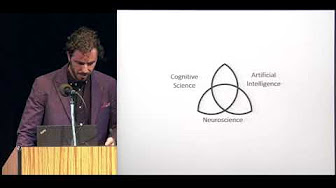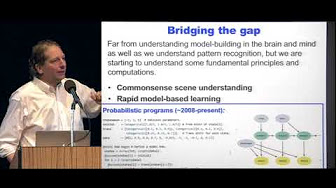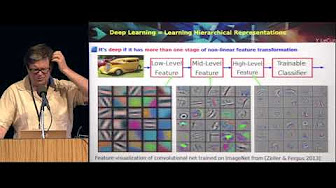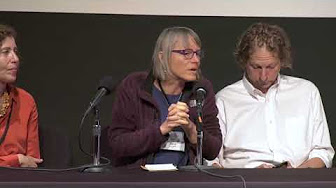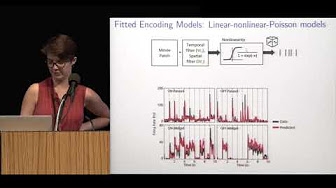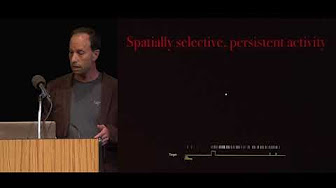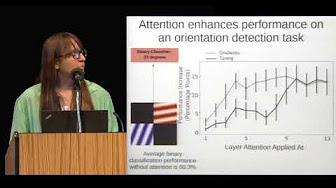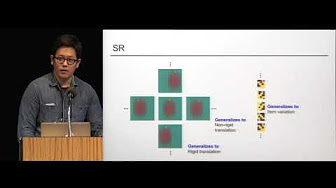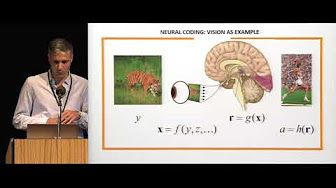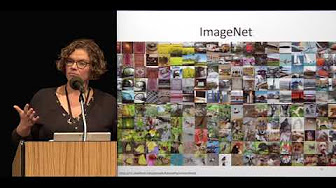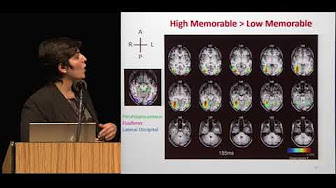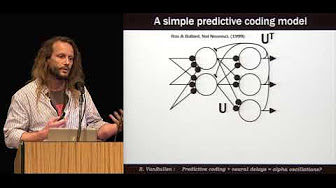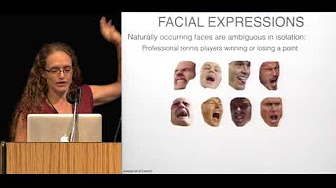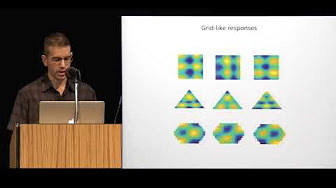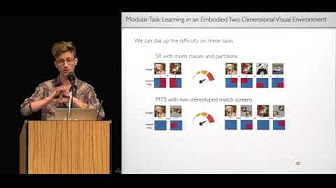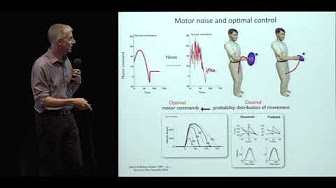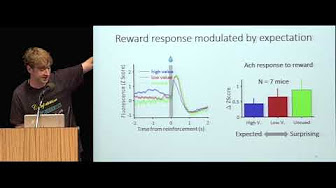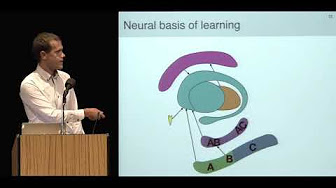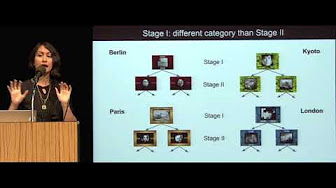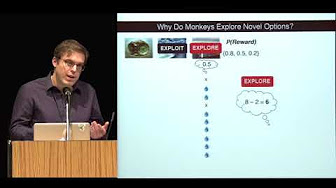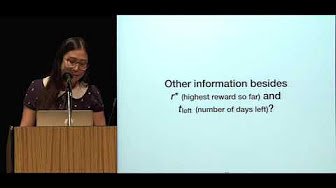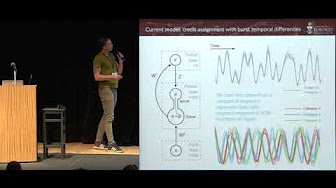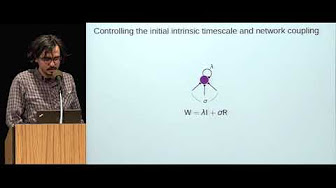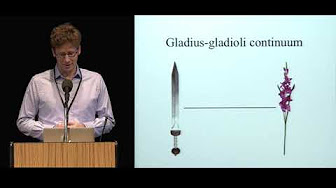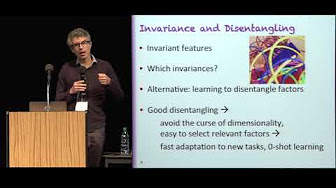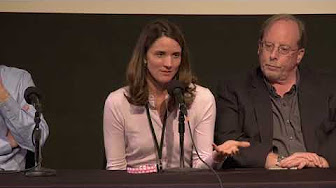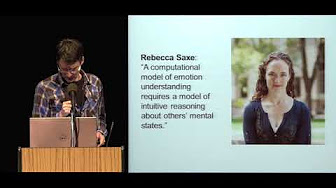Videos from Cognitive Computational Neuroscience (CCN) 2017
The TICS commentary paper refers to specific timecodes in the CCN 2017 online videos. For your convenience, here are direct links to those timecodes:
- Bengio talk, 49:15
- Fyshe talk, 9:16
- Fyshe talk, 37:31
- Griffiths talk, 7:20
- LeCun talk, 2:30
- LeCun talk, 6:26
- LeCun talk, 21:40
- LeCun talk, 40:13
- Saxe talk, 1:00
- Shadlen talk, 36:20
- Tenenbaum talk, 0:54
- Tenenbaum talk, 3:07
- Tenenbaum talk, 6:08
- Tenenbaum talk, 11:01
- Tenenbaum talk, 23:20
- Opening Panel Discussion, 10:38
- Opening Panel Discussion, 28:14
- Opening Panel Discussion, 37:30
- Closing Panel Discussion, 4:02
- Closing Panel Discussion, 7:10
- Closing Panel Discussion, 19:03
- Closing Panel Discussion, 27:50
Wednesday, September 6, 2017
Welcome
Welcome: Why are we meeting?
Thomas Naselaris, Medical University of South Carolina (MUSC)Kavli Opening Keynote Session: Explaining Cognition, Brain Computation, and Intelligent Behavior
Cognitive Science:
The cognitive science perspective: Reverse-engineering the mind
Josh Tenenbaum, Massachusetts Institute of Technology
Computational Neuroscience:
Nicole Rust, University of PennsylvaniaHow does the brain learn so much so quickly?
Yann LeCun, Facebook, New York University
Panel Discussion:Nancy Kanwisher, Massachusetts Institute of Technology
Josh Tenenbaum, Massachusetts Institute of Technology
Nicole Rust, University of Pennsylvania
Yann LeCun, Facebook, New York University
Bruno Olshausen, UC-Berkeley
Jackie Gottlieb, Columbia University
Moderator: Jim DiCarlo, Massachusetts Institute of TechnologyContributed Talks: Sensation & Perception
Neural networks for efficient bayesian decoding of natural images from retinal neurons
Eleanor Batty, Columbia UniversityA reverse correlation test of computational models of lightness perception
Richard Murray, York UniversityKeynote 1
I have not decided yet
Michael N. Shadlen, Columbia UniversityContributed Talks: Attention & Judgement
Understanding biological visual attention using convolutional neural networks
Grace Lindsay, Columbia UniversityA dichotomy of visual relations or the limits of convolutional neural networks
Matthew Ricci & Junkyung Kim, Brown UniversityComputation of human confidence reports in decision-making with multiple alternatives
Hsin-Hung Li, New York University
Thursday, September 7, 2017
Tutorial talks
Cognitive Science:
Modeling of behavior
Wei Ji Ma, New York University
Computational Neuroscience:Tutorial on computational neuroscience
Ruben Coen-Cagli, Albert Einstein College of Medicine
Artificial Intelligence:Artificial Intelligence with connections to neuroimaging
Alona Fyshe, University of VictoriaContributed Talks: Memorability & predictive coding
Unconscious perception of scenes reveals a perceptual neural signature of memorability
Yalda Mohsenzadeh, Massachusetts Institute of TechnologyPredictive coding & neural communication delays produce alpha-band oscillatory impulse response functions
Rufin VanRullen, Université ToulouseKeynote 2
How we understand others’ emotions
Rebecca Saxe, Massachusetts Institute of TechnologyContributed Talks: Localization & task learning
Emergence of grid-like representations by training recurrent neural networks to perform spatial localization
Chris Cueva, Columbia UniversityModular task learning in an embodied two-dimensional visual environment
Kevin T. Feigelis, Stanford UniversityDistributed mechanisms supporting information search and value-based choice in prefrontal cortex
Laurence Hunt, University of Oxford
Friday, September 8, 2017
Keynote 3
Probabilistic models of sensorimotor control
Daniel Wolpert, University of CambridgeContributed Talks: Reinforcement learning & control
Surprise, surprise: Cholinergic and dopaminergic neurons encode complementary forms of reward prediction errors
Fitz Sturgill, Cold Spring Harbor LaboratoryHippocampal pattern separation supports reinforcement learning
Ian Ballard, Stanford UniversityOffline replay supports planning: fMRI evidence from reward revaluation
Ida Momennejad, Princeton UniversityKeynote 4
How we learn and represent the structure of tasks
Yael Niv, Princeton UniversityContributed Talks: Exploration & exploitation
Amygdala drives value and exploration signals in striatum and orbitofrontal Cortex
Vincent Costa, National Institute of Mental HealthHistory effect in a minimalistic explore-exploit task
Mingyu Song, Princeton UniversityKeynote 5
Strategic decision-making in the human subcortex measured with UHF-MRI
Birte Forstmann, University of AmsterdamContributed Talks: Learning in deep neural networks
Deep learning with segregated dendrites
Blake Aaron Richards, University of Toronto ScarboroughWhen do neural networks learn sequential solution in short-term memory tasks?
Emin Orhan, New York UniversityClosing Keynote Debate: What is the best level to model the mind-brain?
Perspective 1: Cognitive Models:
Bridging the computational and algorithmic levels
Tom Griffiths, UC-Berkeley
Perspective 2: Deep Learning and the Cognitive Brain:
Deep learning and backprop in the brain
Yoshua Bengio, Université de Montréal
Panel Discussion:Tom Griffiths, UC-Berkeley
Yoshua Bengio, Université de Montréal
Anne Churchland, Cold Spring Harbor Laboratory
Aude Oliva, Massachusetts Institute of Technology
Tony Movshon, New York University
Moderator:
Jonathan Cohen, Princeton UniversityClosing
Closing Remarks
Nikolaus Kriegeskorte, Columbia University
NYC Video Production by Dreambox Productions

